TL;DR
If you’re weighing old vs new construction home pros and cons, start with location, total cost of ownership over 10 years, and your move-in timeline. New builds win on energy efficiency, warranties, and modern layouts; older homes often deliver prime locations, larger plots, and renovation potential. The best choice fits your budget, commute, and risk tolerance rather than age alone.
Why the new construction vs existing home debate matters
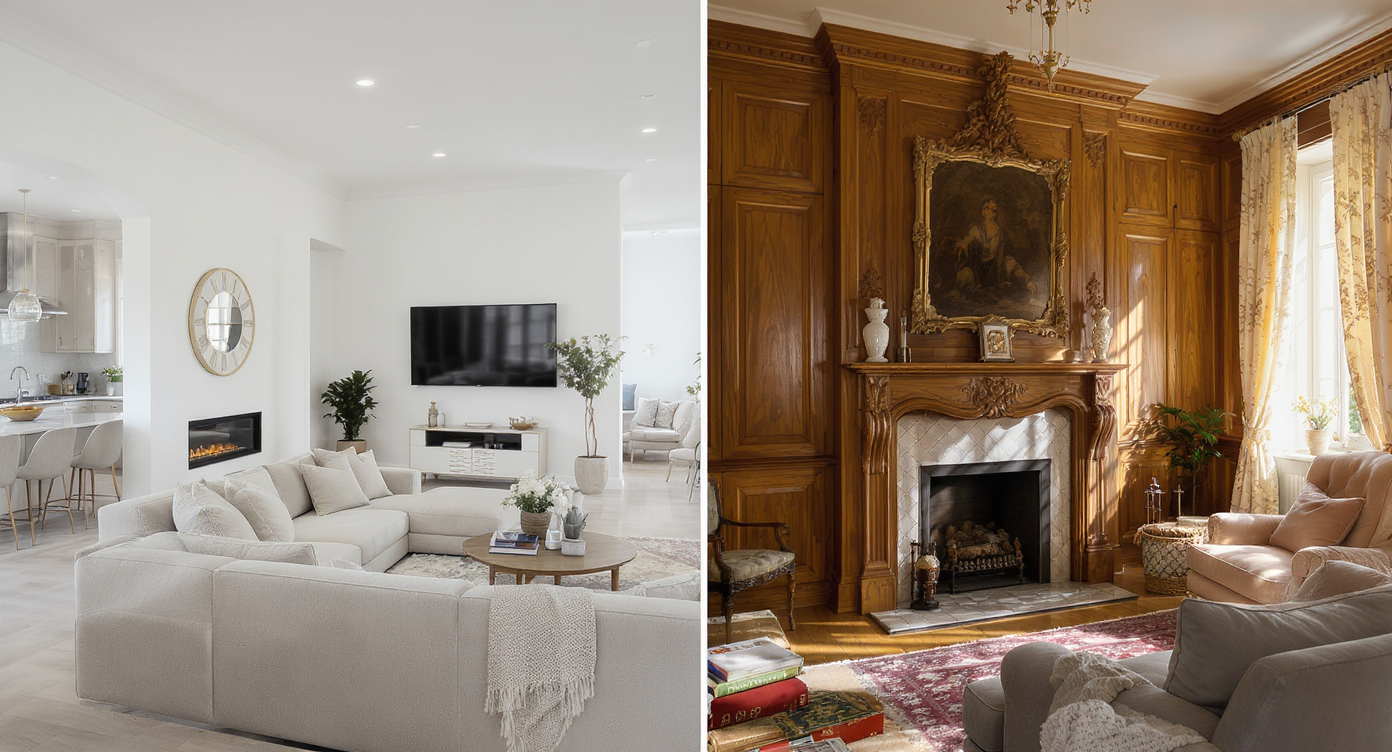
Modern efficiency meets historic character: interiors showcasing the appeal of new and older homes.
Here’s the thing: there’s no magic “right age” for a house. What matters is how well the property fits your life today and five years from now. The new build vs existing home debate is really about trade-offs: convenience and efficiency versus character and location.
Designers and agents often note that timing and total cost of ownership do the heavy lifting in this decision. If you need to move now, a resale property that’s move-in ready can be a lifesaver. If you’re flexible by 6–12 months, a new construction home can offer smarter layouts, builder warranties, and lower early maintenance. Either way, the property’s condition, neighborhood, and commute will shape your day-to-day more than the year it was built.
Suggested image alt text: “Side-by-side comparison of a new construction home and an older character property, highlighting different layouts and locations.”
How to choose: new construction vs existing home
Answer first: Choose the home that wins on three axes—location quality, 10-year total cost of ownership (TCO), and move-in timeline—rather than age alone.
Start with location. A pre-owned house in a well-connected neighborhood can save hours each week; an extra 30 minutes each way is roughly five hours of commuting time lost weekly. New construction often sits farther out but may trade distance for quiet streets, new infrastructure, and planned amenities.
Run the numbers, not just the price. TCO includes mortgage, taxes, insurance, utilities, HOA/maintenance fees, commuting costs, and repairs or renovations. As a rule of thumb, older homes can require 1–3% of the home’s value annually for upkeep; new builds often sit closer to 0.5–1% in the first five years, thanks to new systems and warranties. Energy-efficient envelopes, modern windows, and smart HVAC in new homes can trim monthly utility bills—small wins that add up.
Consider your timeline. If you must be in by a firm date, aim for move-in ready. New builds can be “spec” homes ready now, but if you’re buying off-plan, allow for potential delays. If you’ve got flexibility, those months can buy you customization options, builder incentives, and a layout that fits your lifestyle.
Due diligence is non-negotiable. For existing homes, order a full inspection (structure, roof, plumbing, electrical, moisture) and review permits for past work. For new construction, verify builder reputation, walk model homes, insist on a snag list, and understand the warranty: many builders offer 1–2 years on workmanship and around 10 years on structural elements.
Caption idea: “Three-way decision lens: Location, Total Cost of Ownership, Timeline.”
Anecdote
One buyer told me their “forever” open-plan new build felt too echoey for remote work; a pair of glass doors and a rug solved it. Another swore off long commutes after six winter weeks on dark highways—they moved closer to the train and never looked back.
Common mistakes homebuyers make
Answer first: Most buyer regrets come from ignoring hidden costs, underestimating timelines, and overvaluing finishes over fundamentals.
- Choosing by cosmetics, not bones. Gorgeous staging can distract from old wiring, a tired roof, or a tricky foundation. Always budget for the big systems first—pretty can come later.
- Forgetting commute math. That dream new build may add 10–15 hours of travel per week. Test-drive the route at your actual commute times before committing.
- Skipping the contingency fund. Older homes have surprises; new builds have punch lists and potential delays. Keep 3–6 months of housing costs in reserve for snags, rent-overlap, or repairs.
- Not reading the fine print. Builder incentives sometimes hinge on using in-house lenders or specific timelines. Understand fees, HOA rules, and warranty coverage in writing.
- Underestimating renovation scope. Knocking down walls to “open things up” can trigger structural, electrical, and permit costs. Price upgrades with a contractor before you buy.
Pro tips for buying new builds and older houses
Answer first: Maximize value by negotiating smartly, auditing energy and systems, and planning your cash flow for the first 24 months.
- Leverage builder incentives. Ask about rate buydowns, closing cost credits, appliance packages, and free upgrades on new construction—especially in slower markets.
- Do an energy checkup. For older homes, price double-glazing, attic insulation, and a high-efficiency boiler or heat pump; targeted upgrades can reduce utility bills noticeably.
- Make a snag list. New builds often need a thorough walkthrough before completion and again at 6–12 months. Document fit-and-finish issues and submit in one batch.
- Future-proof the layout. Open plans are great, but you still need quiet zones for work or sleep. Test acoustics; consider doors, nooks, and built-in storage.
- Resale reality check. Proximity to schools, transit, and daily amenities typically holds value better than deluxe finishes. Experts recommend buying the best location you can afford.
Reflection: I’ve seen buyers fall in love with quartz islands and forget the 60-minute commute; six months later, they’re shopping closer to town.
Real stories: what buyers learned the hard way
Answer first: Real-world purchases usually hinge on location trade-offs, repair surprises, and how quickly you need keys in hand.
- The 1970s flat with charm—and plumbing drama. A couple chose an older, centrally located apartment for the walkable lifestyle. An inspection flagged aging pipes; they negotiated the price down, earmarked funds for a re-pipe, and still came out ahead thanks to lower commuting costs.
- New build, longer drive. A first-time buyer picked a bright, energy-efficient townhouse on the city’s edge. The mortgage fit, the utilities were low, but a 50-minute commute each way pushed them to negotiate partial remote work—proof that lifestyle math matters as much as mortgage math.
- Investor’s calculus. One buyer compared a new condo in a fringe neighborhood to a 30-year-old unit in a high-demand area. The older unit’s higher HOA and upcoming roof fund were offset by stronger rental demand and near-zero vacancy; cash flow decided it.
- Spec-home save. A family facing a lease end found a nearly finished new build. The builder offered credits for blinds and landscaping, and they moved in within 45 days—no double housing costs, no reno dust.
Visualization Scenario
Picture this: you load your monthly numbers into a simple spreadsheet—mortgage, HOA, utilities, fuel, and a maintenance reserve. You compare a new townhouse 40 minutes out with an older place 10 minutes from work. The older home’s utilities are higher, but your commute drops from 10 hours a week to two. You use ReimagineHome to mock up a refreshed kitchen and a bonus bedroom with soundproofing. Suddenly, the “old” home looks like the future you wanted all along.
FAQ
- Is it better to buy new construction or an old house?
The best choice depends on location, total cost of ownership, and your timeline. New construction offers warranties and energy efficiency; older homes often win on space, price, and prime neighborhoods. - How much should I budget for maintenance on an older home?
Many experts advise 1–3% of the home’s value per year for older properties, while newer homes can average 0.5–1% in the early years. - How long does new construction take to build?
Typical build times run about 6–12 months, with design complexity, weather, and labor availability affecting schedules. - Do new-construction homes hold value?
Resale depends more on location, schools, and amenities than age alone. New homes in growing areas with good access generally maintain value well. - What should I inspect in an old house before buying?
Prioritize structure, roof, electrical, plumbing, moisture, and permits for past work. A comprehensive inspection helps price repairs and avoid surprises.
The bottom line
When it comes to old vs new construction, the “right” choice is the one that fits your map, money, and month-to-move. If you value low maintenance, energy efficiency, and warranties, new construction is hard to beat. If you crave character, larger plots, and core-city convenience, an older home can be a smarter long-term play.
Run the TCO, pressure-test your commute, and decide what you can live with—and without—for the next decade. The age of the house matters far less than the life you’ll live inside it.
.svg)

.svg)

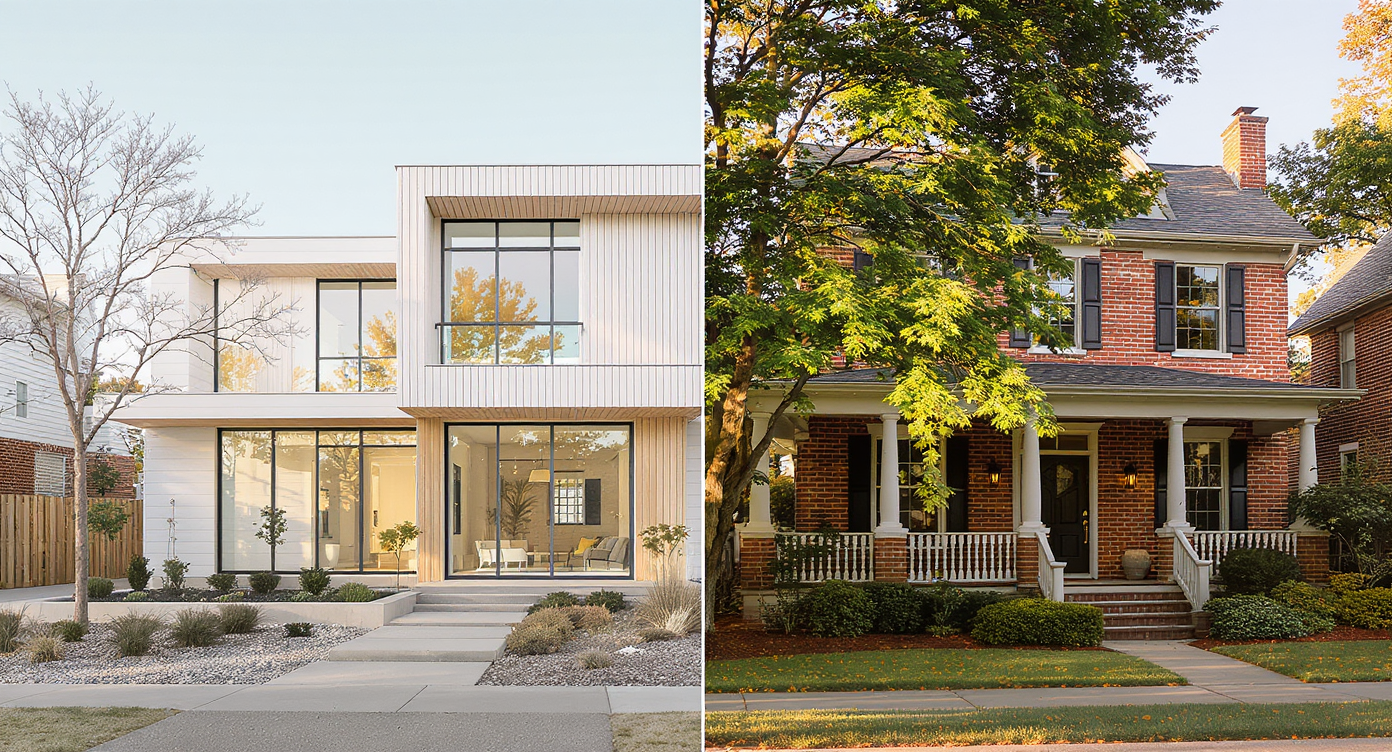





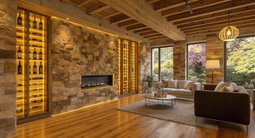
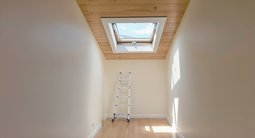


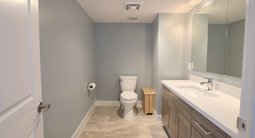


.png)